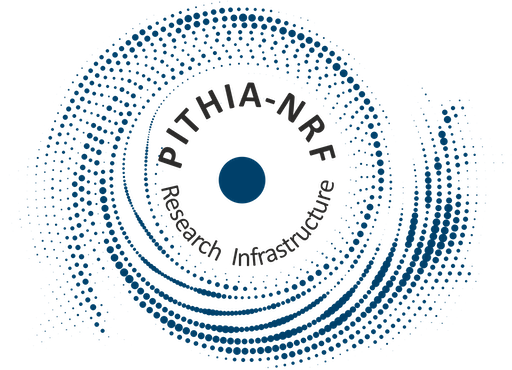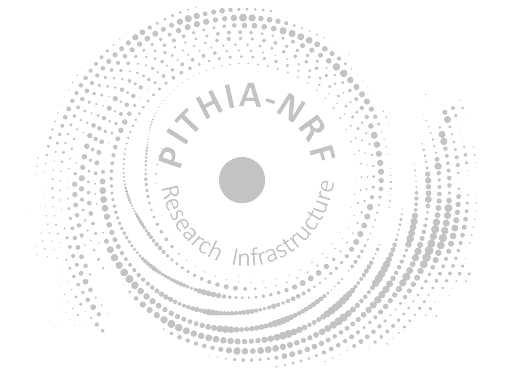T-FORS ML model for LSTID forecasting over Europe
Last modified on Apr 4th, 2025
In This Page
Description
The Machine Learning model, based on CatBoost (a gradient boosting framework) and trained on a human validated LSTID catalogue, uses a diverse set of physical drivers, ranging from geomagnetic indices, and solar wind and activity data, to ionosonde measurements.
Processing Input Parameters
- newell
- Coupling function
- ie
- Auroral electrojet IE
- iu
- Auroral electrojet IU
- Bz
- IMF Bz component measuread at L1
- vx
- Solar radial flux velocity measuread at L1
- rho
- Solar flux density measured at L1
- f_107
- Solar flux at 10.7 cm weavelenght
- hp_30
- Half-hourly geomagnetic index
- ie_variation
- IE time-derivative
- ie_mav_3h
- IE moving average (3 hr)
- ie_mav_12h
- IE moving average (12 hr)
- iu_variation
- IU time-derivative
- iu_mav_3h
- IU moving average (3 hr)
- iu_mav_12h
- IU moving average (12 hr)
- hf
- HF-INT (from TechTIDE)
- hf_mav_2h
- HF-INT moving average (2 hr)
- solar_zenit_angle
- Solar zenit angle
- dst
- Disturbance storm time index
- spectral_contribution
- Spectral energy contribution (from TechTIDE Ionosondes)
- velocity
- Perturbation velocity (from TechTIDE Ionosondes)
- azimuth
- Perturbation azimuth (from TechTIDE Ionosondes)
Further Resources and Information
Resources
Go to Metadata FileData Levels
More Properties
| Property | Value |
|---|---|
| Algorithm | Not used |
| Software Reference | Not used |
Metadata Information
| Editor | Istituto Nazionale di Geofisica e Vulcanologia |
| Version | 1 |
| Created | Friday 4th April 2025, 16:04 |
| Last Modified | Friday 4th April 2025, 16:04 |

